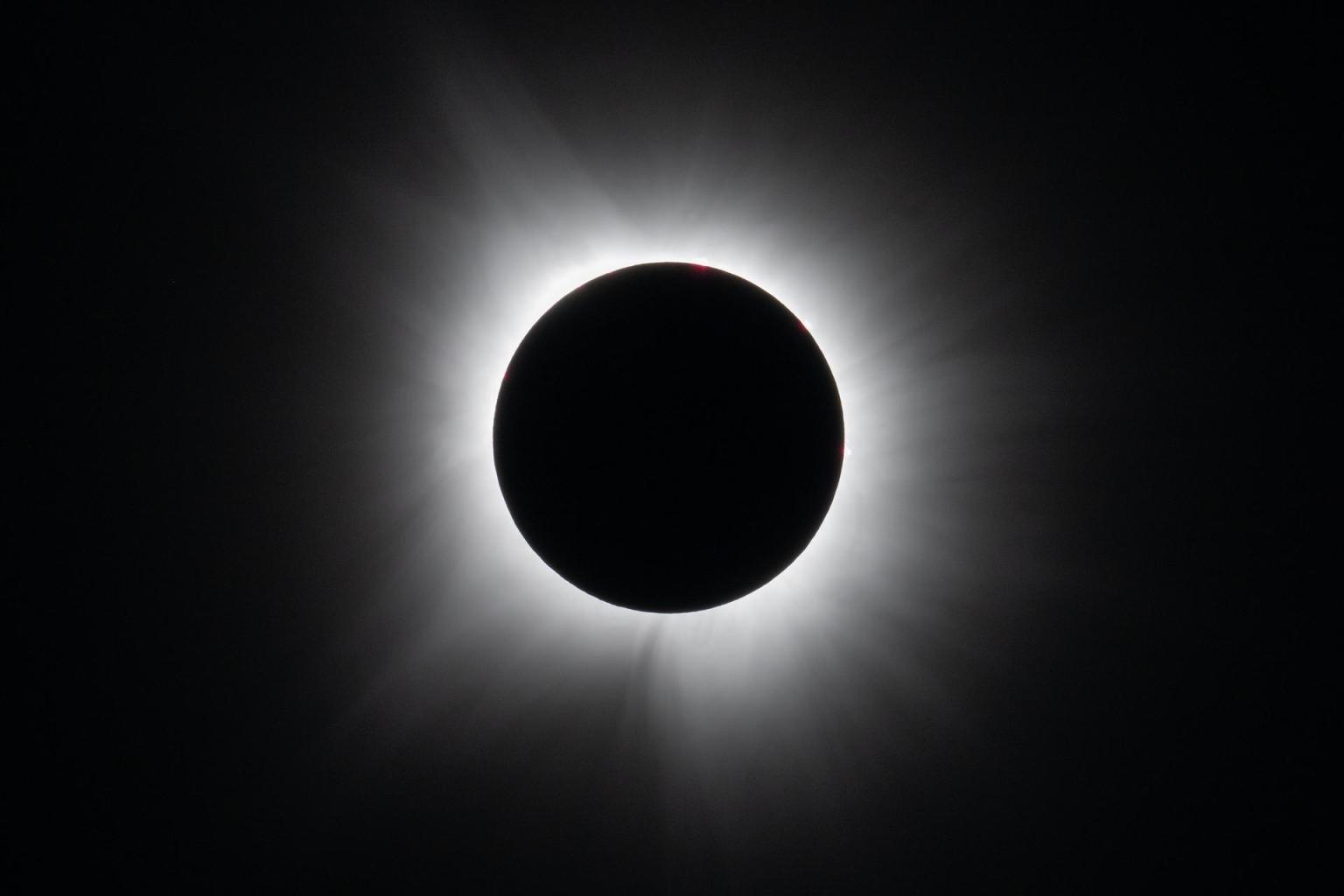
NASA/Keegan Barber
On April 8, 2024, the Moon's shadow swept across North America, treating millions to a breathtaking view of a total solar eclipse. As the Moon passed in front of the Sun, it revealed the Sun's wispy white outer atmosphere - the corona.
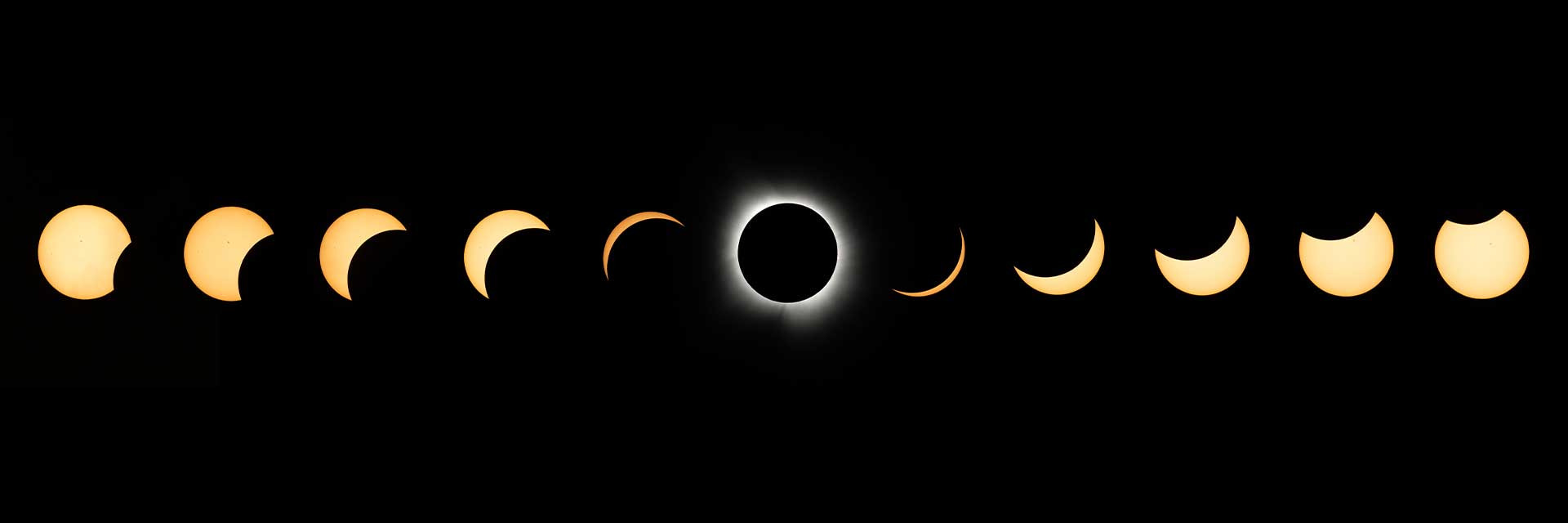
Pictures of total solar eclipses are beautiful - they capture a moment happening so far away, yet feels so close at the same time. But being there in person, you experience it in 3D. The eclipse doesn't just appear in the sky. You feel it all around you. The light slowly dims, then suddenly engulfs you in darkness from every angle, while the Sun's corona emerges in the sky.
Although you know totality is coming, its arrival can still be overwhelming. For some people, their hearts race or their eyes well up with tears. You try to absorb everything you can in those minutes: from the corona, to the planets peeking out around the eclipse, to the temperature drop, to cheers of excitement from the community around you, even changes in animal behaviors.
For years, people have reported how animals behave differently during eclipses. Birds may return to their nests, thinking it's nighttime, or nocturnal animals begin to wake up. A NASA-funded project called Eclipse Soundscapes collected data from participants across the path who recorded the reactions of wildlife before, during, and after this celestial event.
Total solar eclipses are a great reminder that humans are animals - we, too, feel the strangeness that causes other animals to have unusual behaviors. When experiencing the sudden change to darkness, and the sudden restoration of light, it can feel eerie and special. The world returns to normal around you, but those minutes of totality were anything but.
NASA/Rachel Lense
On April 8, millions of people gathered across the path of totality, including at 14 NASA "SunSpot" locations where attendees could speak to NASA experts and engage in educational activities. At many locations, visitors set up blankets, lawn chairs, and picnics as they prepared to watch the Sun turn into a crescent until its bright face completely disappeared.

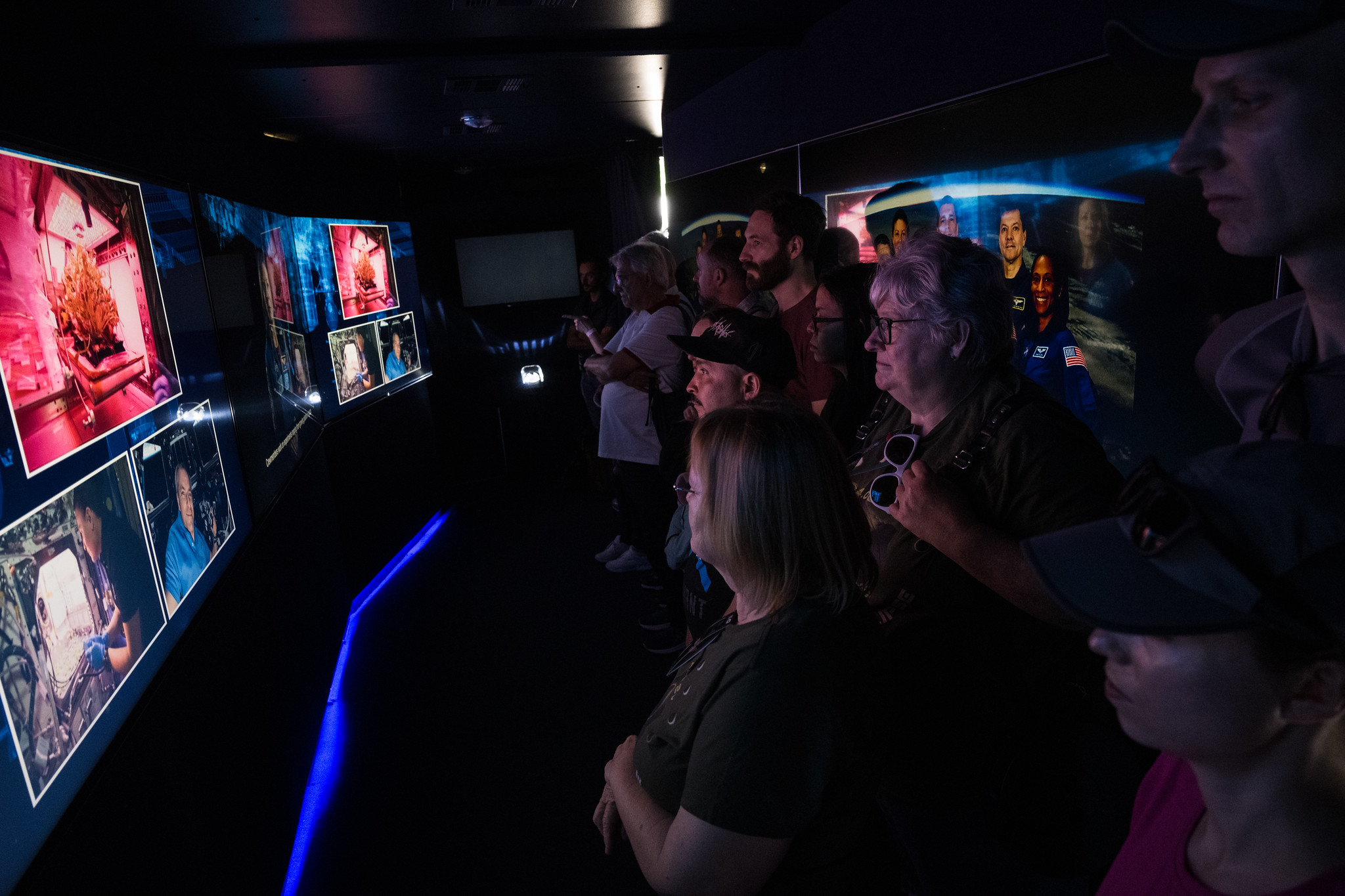
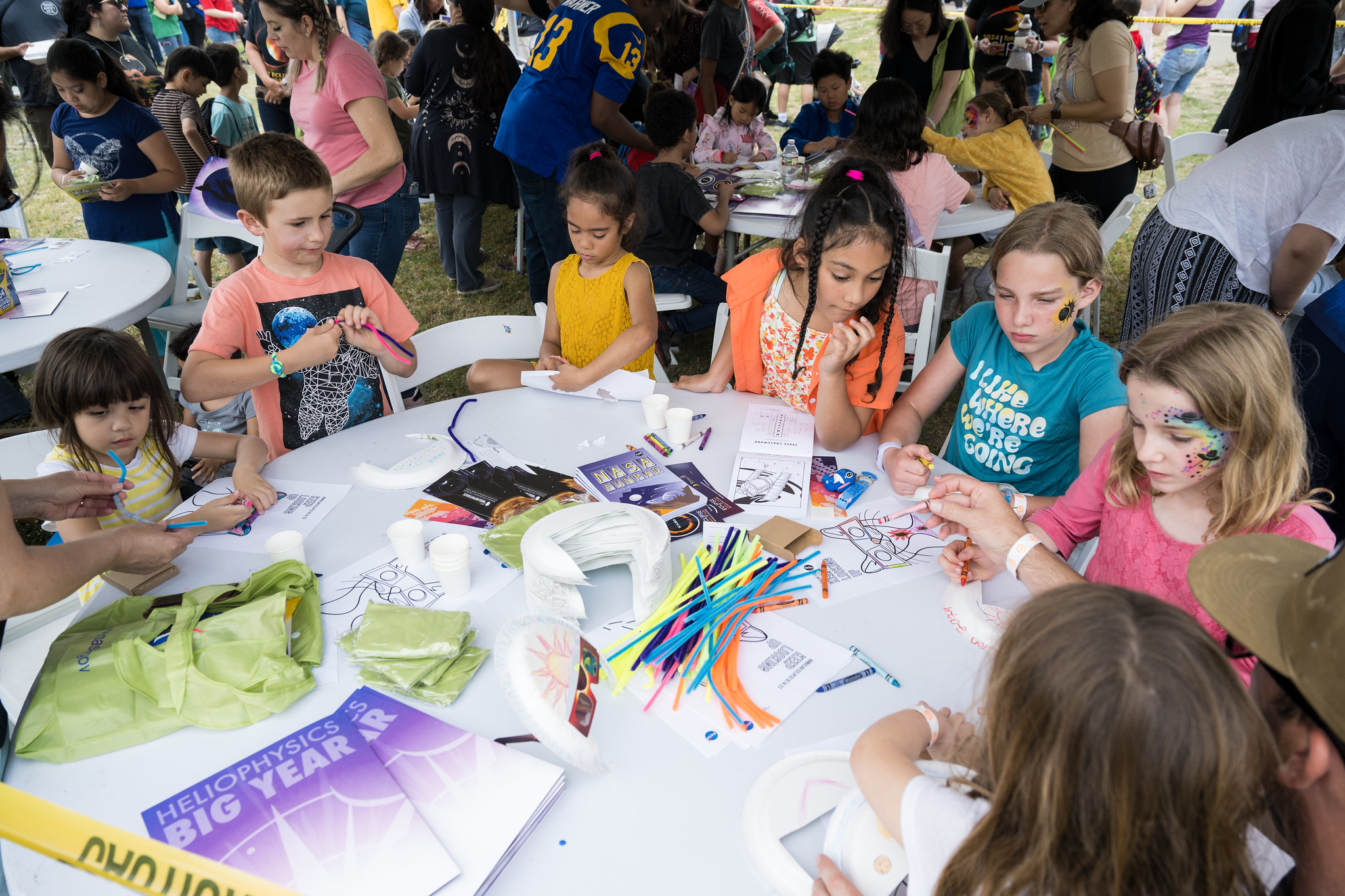

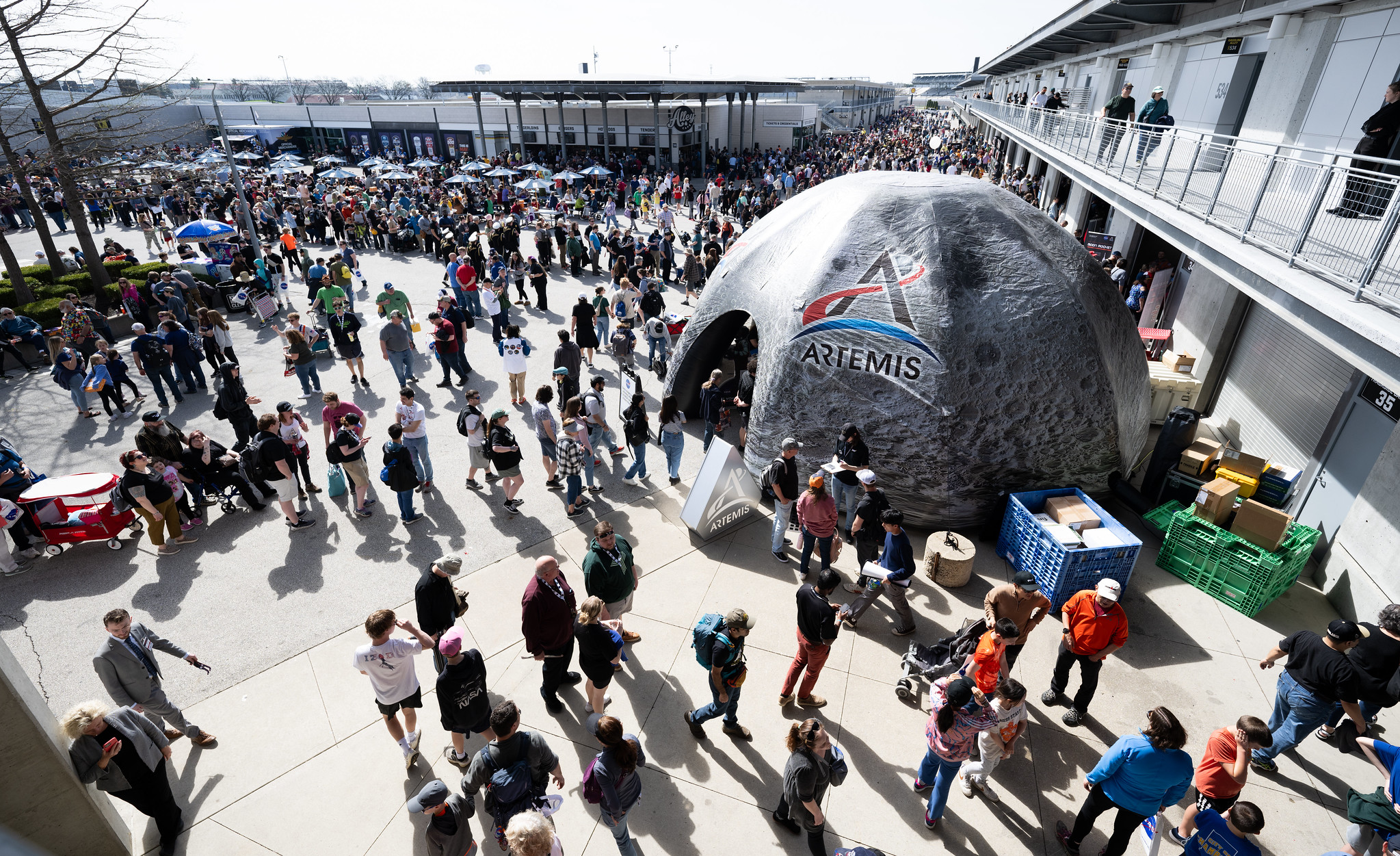
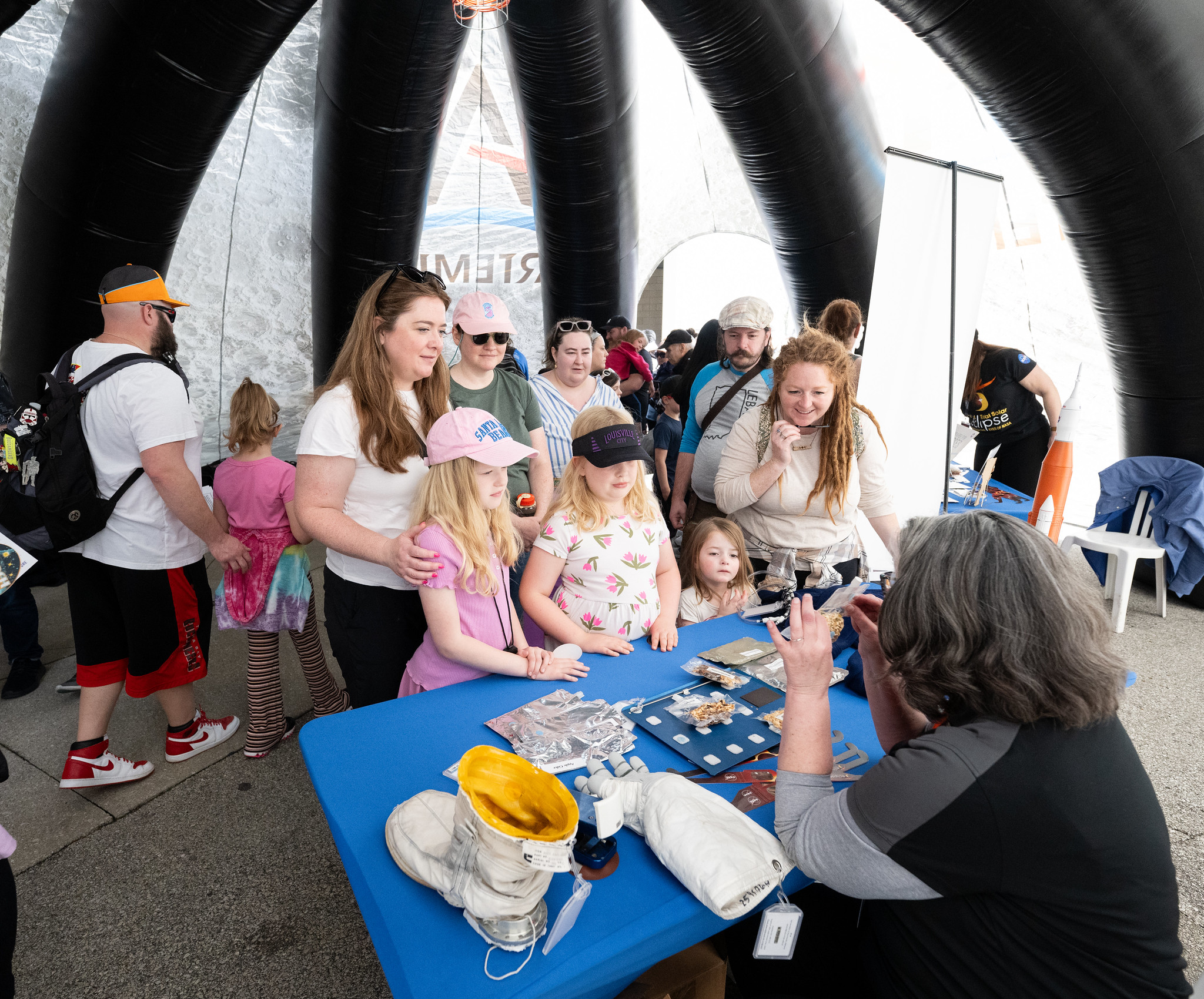
During totality, viewers could spot planets. In this view from Dallas, Venus and Jupiter were very bright. Their brief appearance in the middle of the day were reminders of Earth's place in the solar system.
NASA/Abbey Interrante
Viewers could also see bright pink prominences flowing out from the Sun. Prominences are unstable clouds of plasma suspended above the Sun by strong magnetic forces. The prominences spotted during the eclipse were many times larger than Earth itself. It's rare to be able to spot prominences from the ground unaided by a telescope, so seeing these prominences with just your eyes was a unique opportunity for those on the ground.
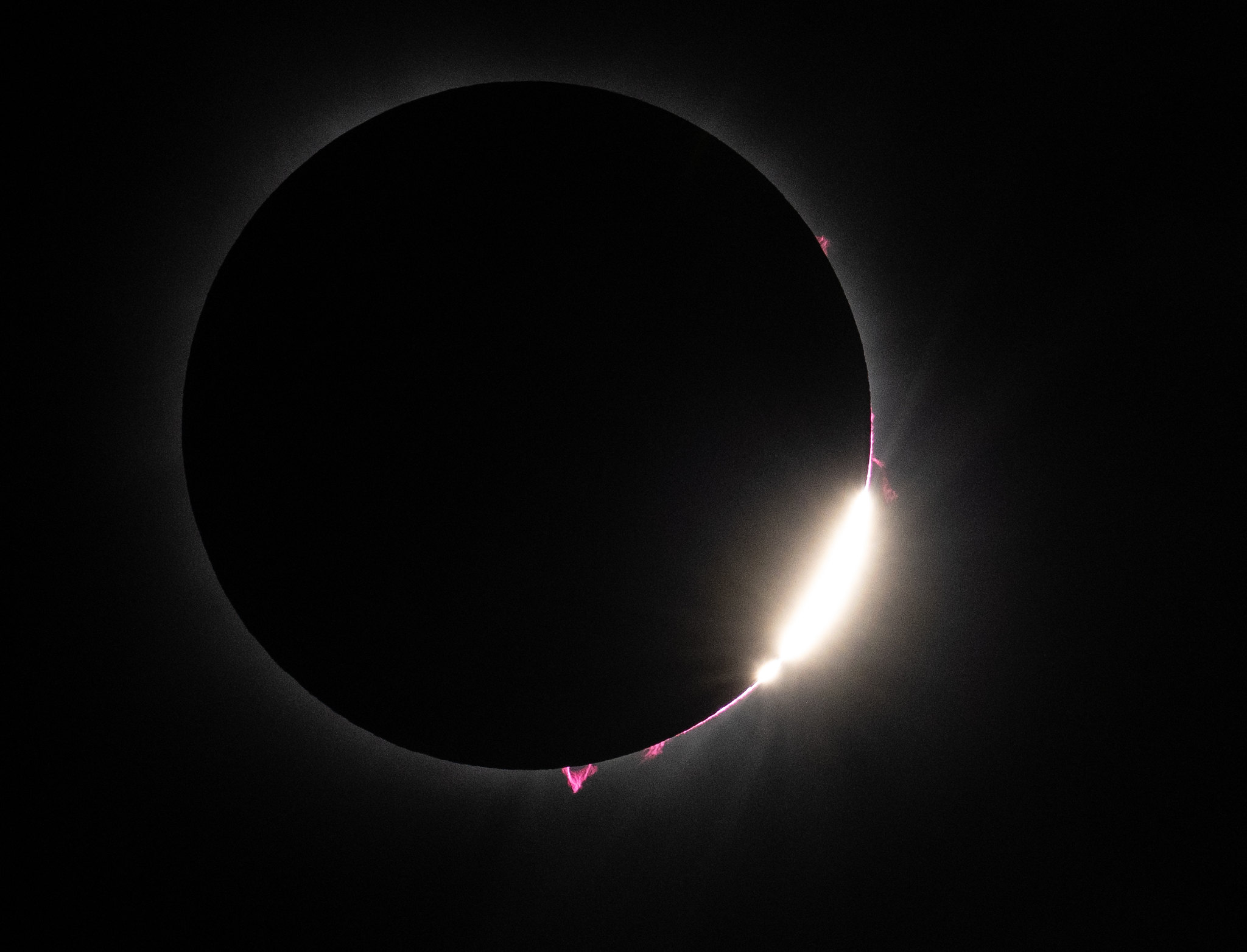
While we were watching the eclipse from the ground, a NASA spacecraft was watching from above. NASA's Solar Dynamics Observatory (SDO) captured this image of the Sun a few minutes before totality in Dallas at 1:37 p.m. CDT (18:37 UTC). From SDO's position in space, the Sun was completely visible, while for people on Earth, the Sun was blocked by the Moon. The prominences seen in this image were what viewers on the ground were able to see with the naked eye.
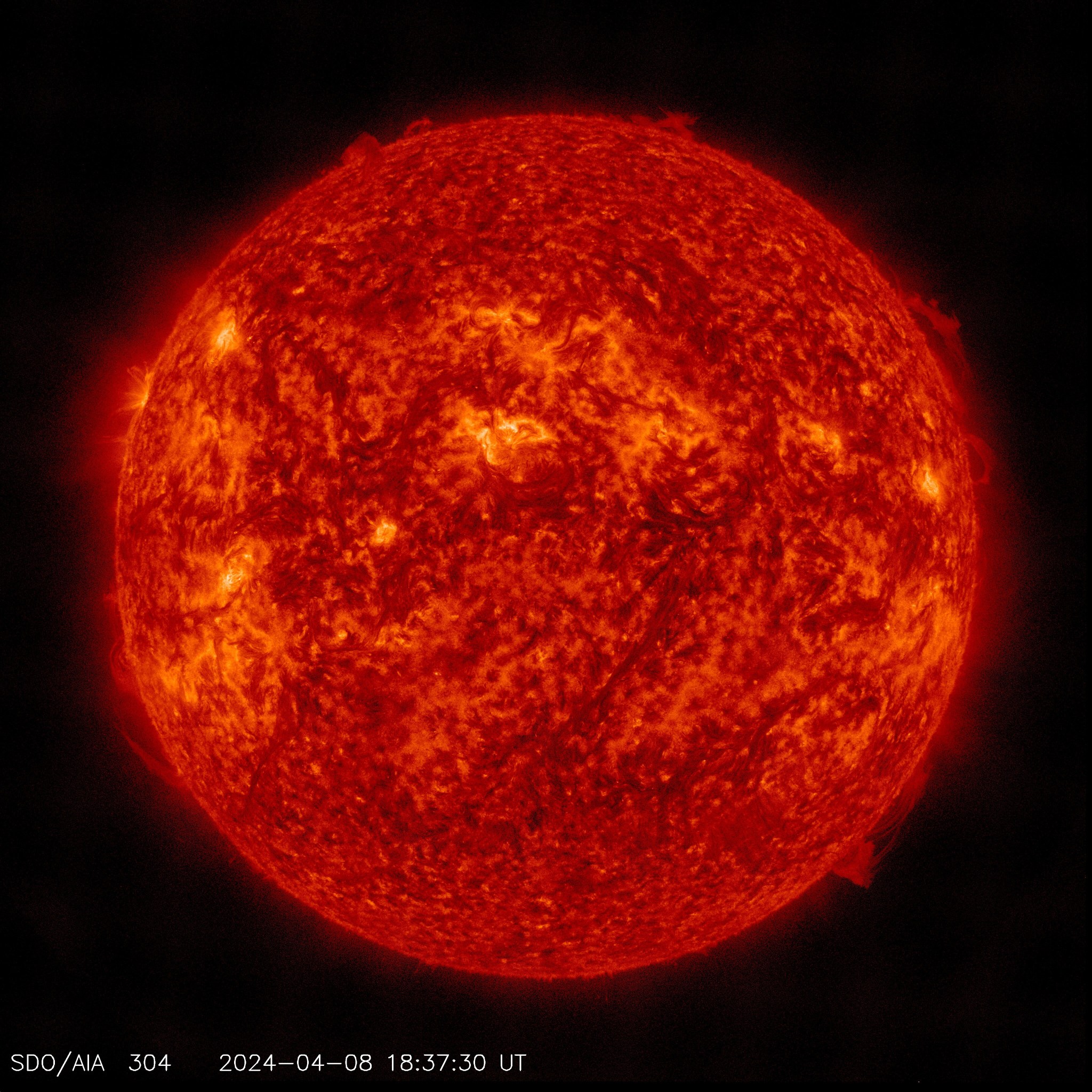
Astronauts on the International Space Station also had an exclusive view of the eclipse from 261 miles above Earth. Due to their place in space, they could see the Moon's shadow travel across Earth at around 1,900 miles per hour. While those of us on Earth watched the Moon pass in front of the Sun, astronauts on the International Space Station watched its shadow pass over Earth.

NASA's Earth Polychromatic Imaging Camera (EPIC) imager on the Deep Space Climate Observatory (DSCOVR) satellite captured these views of Earth between 12:02 and 4:32 p.m. EDT (16:02 and 20:32 UTC) from about 1 million miles from Earth. DSCOVR is a joint NASA, National Oceanic and Atmospheric Administration (NOAA), and U.S. Air Force satellite.
NASA
Much closer to Earth, pilots aboard NASA's WB-57 jets flew at 50,000 feet, chasing the Moon's shadow briefly to extend the time scientific experiments could study the eclipse. This research will help contribute to scientists' understanding of the Sun's corona and Earth's atmosphere.
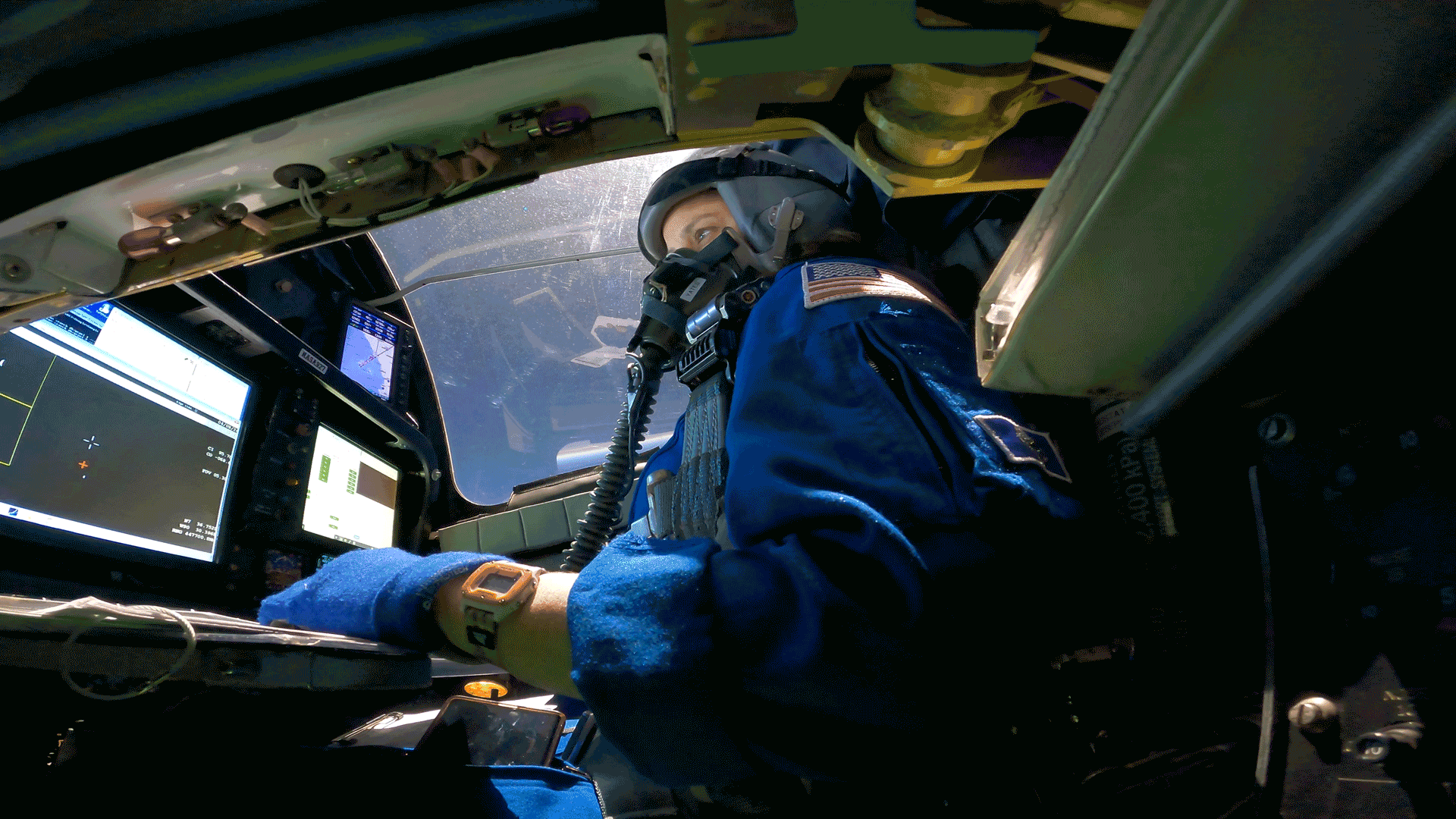
NASA/Mallory Yates
From the ground, in Earth's atmosphere, and in space, the total solar eclipse was a breathtaking experience for millions of people. The effects of the total solar eclipse on Earth and on us will be remembered by many for years to come.
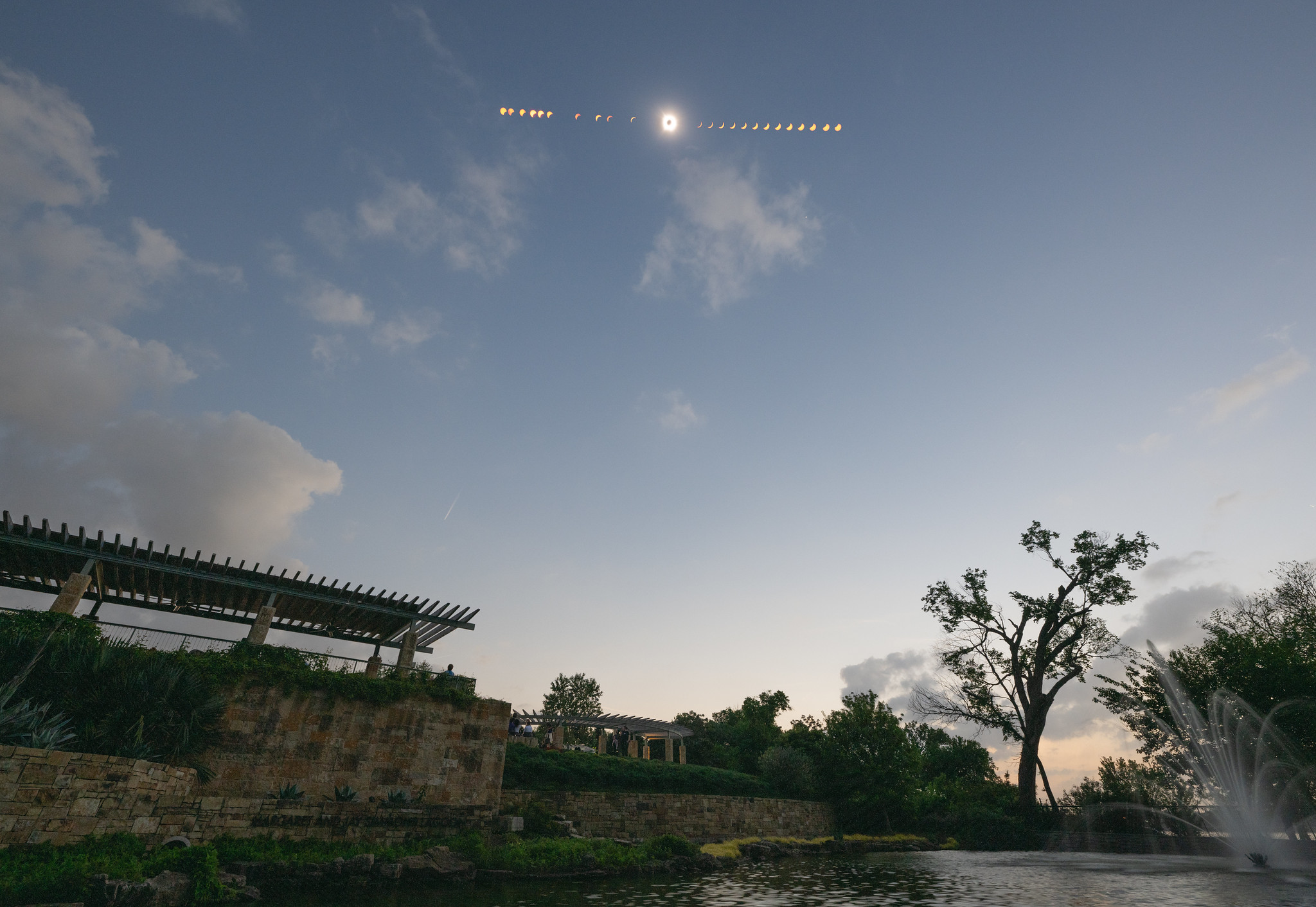
While the eclipse is a powerful reminder of our place in the universe, it also reminds us of our place in our communities. During the alignment of the Sun, Moon, and Earth, people across North America also aligned with families, friends, classes, colleagues, and even strangers as they took in this celestial event in the sky and all around them.






